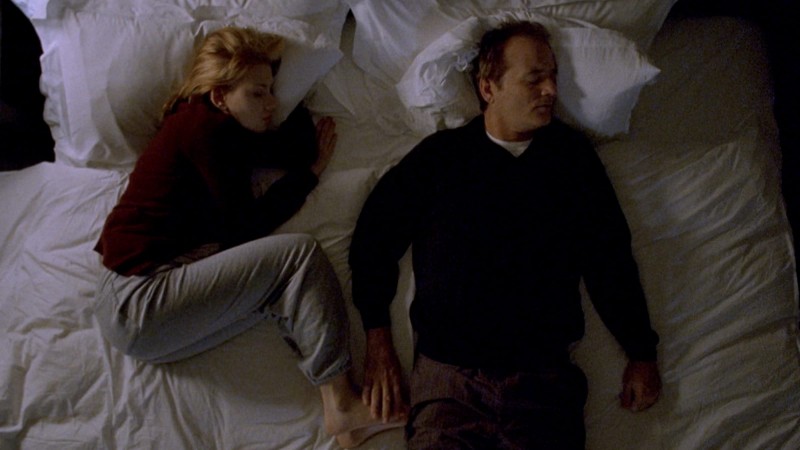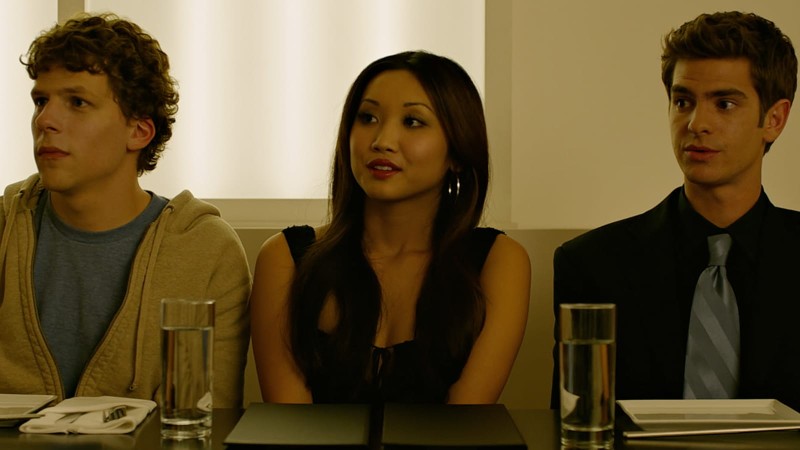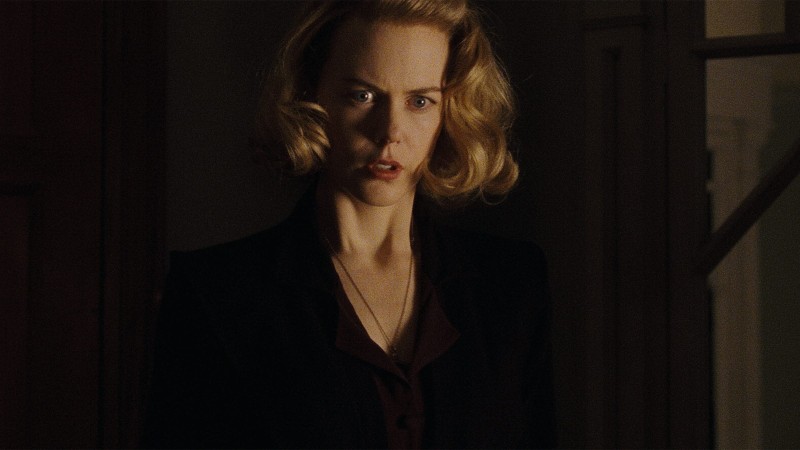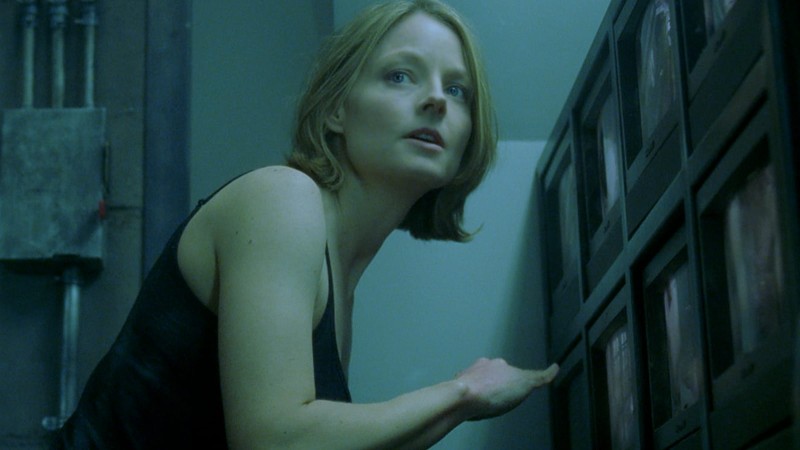Elem Klimov’s Boundary-Pushing Satires

Soviet filmmaker Elem Klimov is best known in the West for his last movie, Come and See (1985), a harrowing child’s-eye view of World War II set in a scorched-earth Belarusian countryside plagued by bombing, mutilation, and massacre. A cult item among connoisseurs of extremity, the film has been cited as a precedent for the more harrowing sequences of Steven Spielberg’s Saving Private Ryan and singled out with awed praise by such acclaimed directors as Lynne Ramsay, Ben Wheatley, and Ruben Östlund. Yet Klimov’s earlier work, which includes four other narrative features shot over the course of two decades, remains little seen. Those looking for more from the imposing, unnerving cinematic voice behind Come and See may be surprised to find that his first two features, Welcome, or No Trespassing (1964) and Adventures of a Dentist (1965), are comedies. But both films share with the later war drama an impulse to throw audiences off-balance. Abounding in visual gags and satirical jabs against Soviet conformity, these two early films are the playful but urgent attempts of a supremely talented young filmmaker to test the boundaries of what could be said and done in the USSR of the 1960s.
At the time, those boundaries were more permissive than they had been in decades. Nikita Khrushchev’s de-Stalinization had major implications for the state-led film industry: beginning in the late 1950s, the number of films produced each year increased sharply, making room for experiments unseen since the days of silent cinema. Veteran directors like Mikhail Kalatozov (1957’s The Cranes Are Flying) and Mikhail Romm (1962’s Nine Days of One Year) were able to free themselves from the strictures of socialist realism—a doctrine that decried the Soviet cinema’s foundational experiments in montage, favoring neatly legible storytelling to extol the exploits of hardworking peasants and patriotic soldiers—while recent graduates from the Gerasimov Institute of Cinematography (VGIK), including Andrei Tarkovsky and Klimov and his wife-to-be, Larisa Shepitko, made remarkable debuts. Not since the generation of Eisenstein and Vertov had Russian filmmakers been presented with such opportunities for expression, though this new freedom would soon prove to have its limits.
Welcome, or No Trespassing, a gleefully inventive summer-camp farce barbed with allegory, begins at the beach, with a horde of children barreling into the water. A handheld camera charges after them, immersed in the cheerful tumult of their splashing and shrieking. What looks like a paean to unbridled child’s play abruptly turns into a pointed gag, though, when Klimov cuts to an overhead view, where we can see that the kids have been roped off into a pitifully small rectangular slice of the lake. Khrushchev’s Soviet Union may be more like a summer camp and less like a prison camp than Stalin’s, but stifling prohibition still prevails.
The film takes place at a Soviet “Young Pioneer” summer camp—a setting that, on the surface, looks remarkably like its American counterparts in Meatballs or Moonrise Kingdom. The institution’s motto—“children are masters of the pioneer camp”—falls short of the truth. Though the camp’s staff includes sympathetic counselors like the plucky Valia (Arina Aleynikova), its director, Dynin (Evgeniy Evstigneev), has little tolerance for unfettered play. When the impish camper Inochkin (Viktor Kosykh) gets caught swimming outside the barrier, Dynin expels him from camp, over Valia’s protests. Faced with the mortifying prospect of confessing his banishment to his grandmother, Inochkin sneaks back into camp, where his young comrades conspire to hide him from Dynin.
A mostly harmless, even endearingly hapless, autocrat, Dynin rules the camp by the book—in this case, an ancient, faded scouting manual. When Valia tries to teach the children to perform Vladimir Mayakovsky’s revolutionary chant “Left March,” he stops her and tells them to recite a pious piece of approved kitsch called “Our Camp” instead. As far as he is concerned, political and creative ferment are a thing of the past. Art only interests him insofar as it is useful: he aims to impress a party official whose niece attends the camp with a show of pageantry on visiting day; and he forces a talented camper to betray Inochkin by drawing a caricature of his expulsion from camp. Though he projects an attitude of benevolent indulgence, Dynin works overtime to enforce an atmosphere of conservatism and mediocrity.
The film’s allegorical scheme was not lost on the censors, who tried to shut down the production during shooting. Klimov staved them off, first by attempting to spend so much money on location on the Black Sea that the studio, Mosfilm, would be reluctant to leave the project unfinished, then by sending one of his screenwriters back to Moscow to buy him time by pretending to rewrite the script. The completed film caused much hand-wringing among the studio administrators, who shelved it until Khrushchev himself had a chance to see it. He finally approved it for release shortly before he was forced out of office—evidently the first secretary had more of a sense of humor than his successor, Leonid Brezhnev, who came to power in 1964 and whose government ramped up the repression that Khrushchev’s thaw had begun to alleviate.

Klimov may have felt that his talent was held at bay by censors and administrators—Adventures of a Dentist was slapped with a deadly “category three” designation, ensuring that few prints were struck and the film was barely exhibited—but it certainly was never squashed. For all the deceptions, dodges, and acts of appeasement Klimov had to execute to get these films made, no part of them seems compromised—certainly not his formal panache, which owes nothing to socialist realism. These early works give the impression that he had already conceived, shot, and edited dozens of features in his head before he ever got his hands on a camera. The neat geometry of his frames, with their mania for symmetry and layering, flaunt a rare mastery at translating three-dimensional action into screen space. In Adventures of a Dentist, Klimov takes advantage of the width of the 2.35:1 aspect ratio to convey Chesnokov’s paranoia, often crowding the edges of his master shots with groups of onlookers inspecting the dentist’s every move. Welcome, or No Trespassing is lighter on its feet, skipping more quickly between shots to achieve its zippy kid-comedy rhythms. Supporting players flit in and out of the film accompanied by snappy visual motifs: a mysterious snitch who informs on the other campers is only filmed from the knees down, and a tall, oafish boy who keeps butting in on the action to ask what’s going on is usually shot from a low angle with his butterfly net cutting diagonally across the frame.
Klimov began his career by mocking the foibles of adults from a child’s perspective, and he ended it by inhabiting the shell-shocked fear of a war-damaged boy. Something about childhood—its innocent predilection for anarchy, as well as its vulnerability—seems to have brought out the best in him. For all its ingenuity, Adventures at times feels almost as resentful as the conformists it aims to satirize; its lament for wasted potential hints at an off-putting attitude of self-satisfied elitism. In the earlier film, however, the director’s syncopated editing, process-photography gags, and nods to silent comedy all contribute to a sense of zany generosity, as delighted by the subversive havoc the campers wreak as it is indulgent of Dynin’s small-minded pretensions.
After these two films, Klimov continued to chip tirelessly away at the boundaries that boxed Soviet artists in on all sides. The Brezhnev years (1964–82) saw him struggle to work within the Soviet system—his Rasputin biopic Agony was filmed in the midseventies and banned from release for a decade—and held worse fates in store for many of the other outstanding talents of his generation, exile (Tarkovsky) and imprisonment (Sergei Parajanov) among them. After long delays, Klimov managed to get Come and See into production in the mideighties, when the script was approved as a fortieth-anniversary commemoration of the Soviet victory in the Great Patriotic War. The resulting film could hardly be accused of triumphalism; for all the grotesque sadism of the German invaders, the partisan cause is awarded no compensating moral victories. Never before had Soviet audiences seen the war depicted with such unmitigated abhorrence. The film won the top prize at the Moscow International Film Festival and traveled farther internationally than any of Klimov’s previous features. Its success pushed him to the vanguard of the perestroika-era efforts to reopen the industry, and he served as first secretary of the Filmmakers’ Union. Commissioning a review of the works that were banned under Brezhnev, he ensured that close to one hundred suppressed films were eventually released.
Welcome, or No Trespassing and Adventures of a Dentist, as well as Come and See, are available to stream on the Criterion Channel on FilmStruck.



